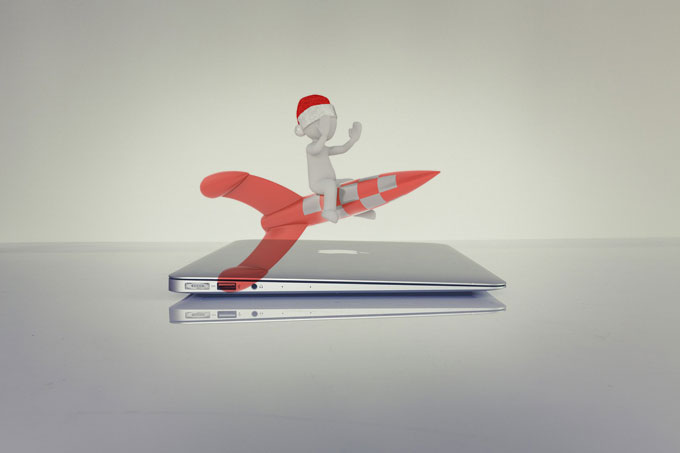How to Speed Up Mac and Make It Boot Faster?
- Nov 26, 2020

What are you going to do when you find your Mac boot up takes a little bit longer time? Some Mac users may feel that after their Macs has been used for a period of time, the boot speed has become slower and slower. How can we optimize the boot speed of the Mac? What should I do if the Mac boot slows down? We will share you the speed up tips here so that you can acquire how to optimize the boot time of your Mac easily.
1. Try to delete files and folders on your desktop
Every time the Mac is started, the contents of the desktop are indexed, and thumbnail icons are created for each file on the desktop. Therefore, it is recommended that you put the files on the desktop into the corresponding folders as much as possible, and divide them into categories. First, it speeds up the boot, and second, it is more organized.
2. Remove boot loader
Some unused startup programs can be removed from the user settings of the System Preferences. Open System Preferences and click Users & Groups. Now, click Delete (-) those apps that you don’t want them to open automatically when you log in. Through the Activity Monitor program, you also can see a list of apps running in the background.
3. Disable Dashboard
If you use it often, dashboard is good. However, you must also be aware that each widget and web clip takes up memory and resources. How to ban? The method is also very simple.
Open Terminal and enter the following commands:
defaults write com.apple.dashboard mcx-disabled -boolean YES
And then Restart your Mac or enter the commands as:
killall Dock
When you want to use dashboard again, enter the commands below to get it back to work:
defaults write com.apple.dashboard mcx-disabled -boolean NO
And then Restart your Mac or enter commands as:
killall Dock
4. Disable those useless system options
If you don’t use Wireless, Bluetooth, Speech Recognition or Internet Sharing, then it’s easy, turn them off!
Popular Posts
- What Kind of Programs do You Think are Necessary in Windows 10?
- What’s SpyHunter and How to Fix the File Being Quarantined
- How to Forcibly Remove a Program That Won’t Uninstall in Windows
- 3 Tips to Remove a Program that Won’t Uninstall
- How To Uninstall Applications On Windows 10 – Program Removal Guides
- Tutorial: How to Remove & Uninstall Programs / Applications on Windows 7